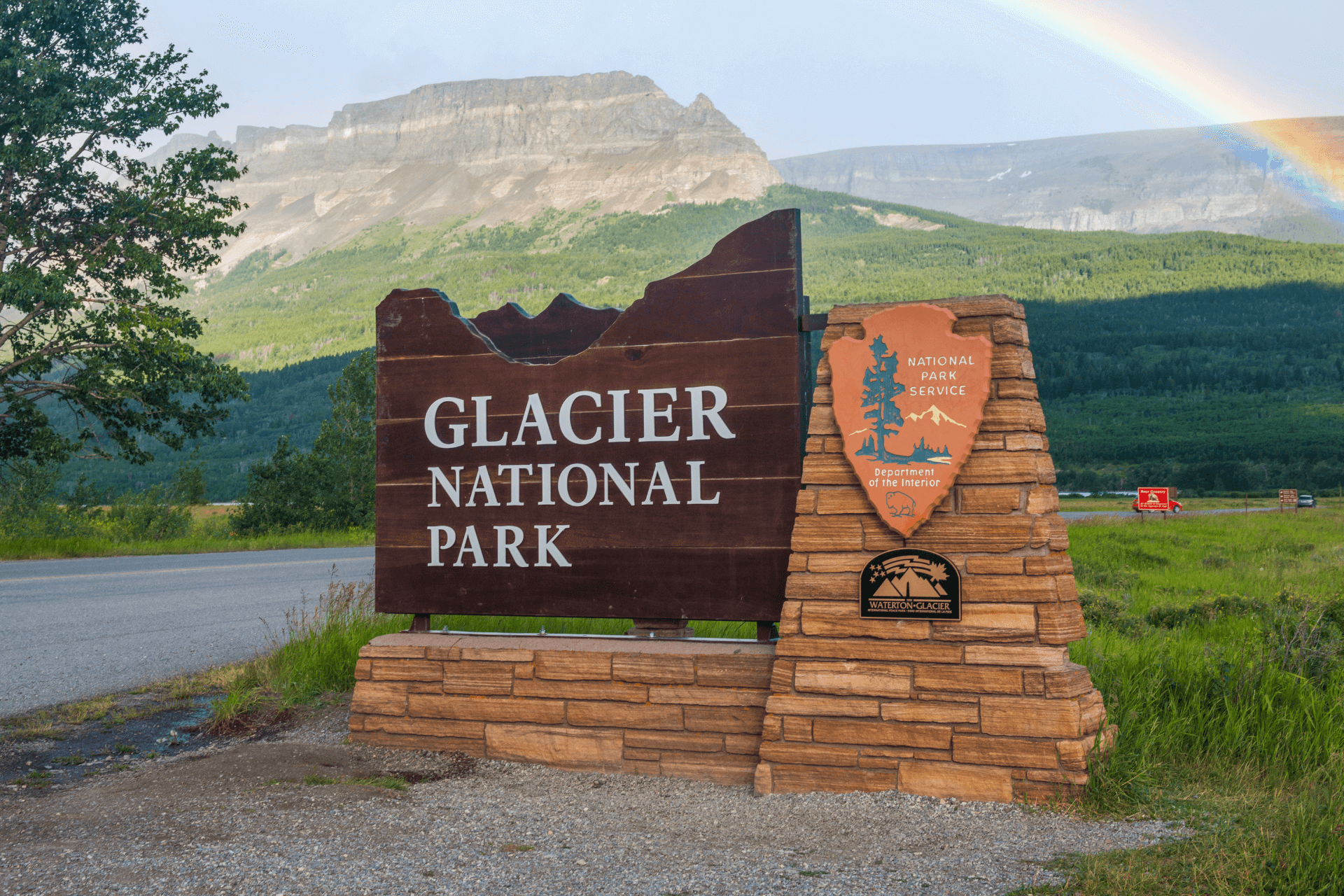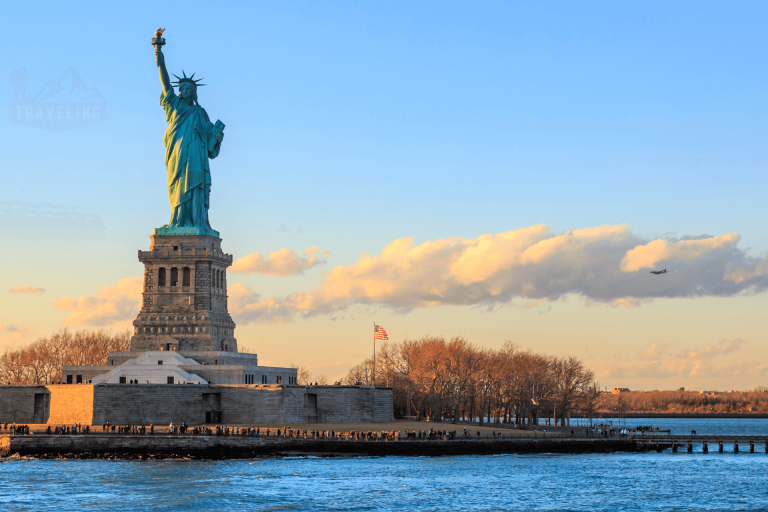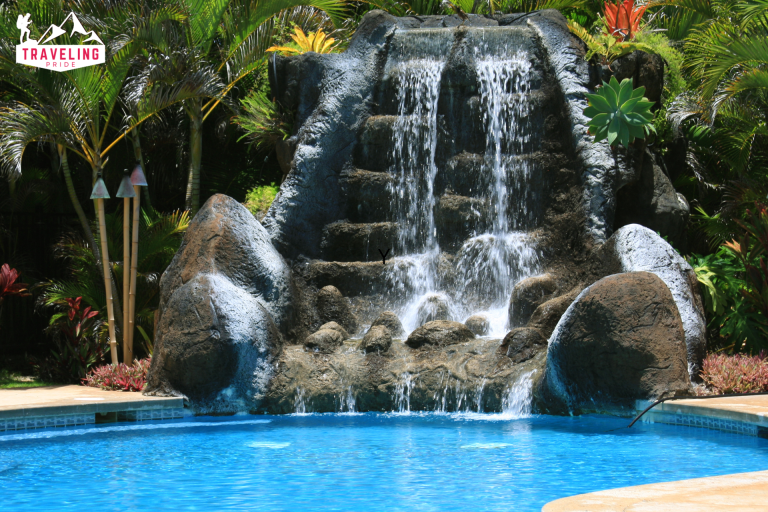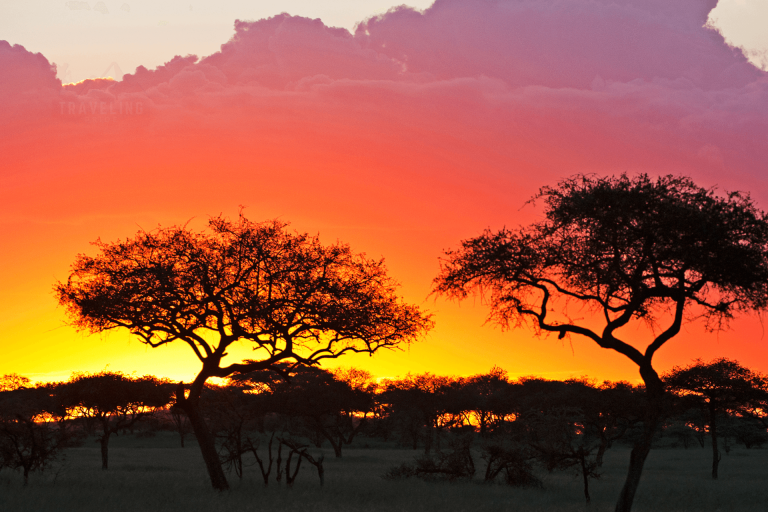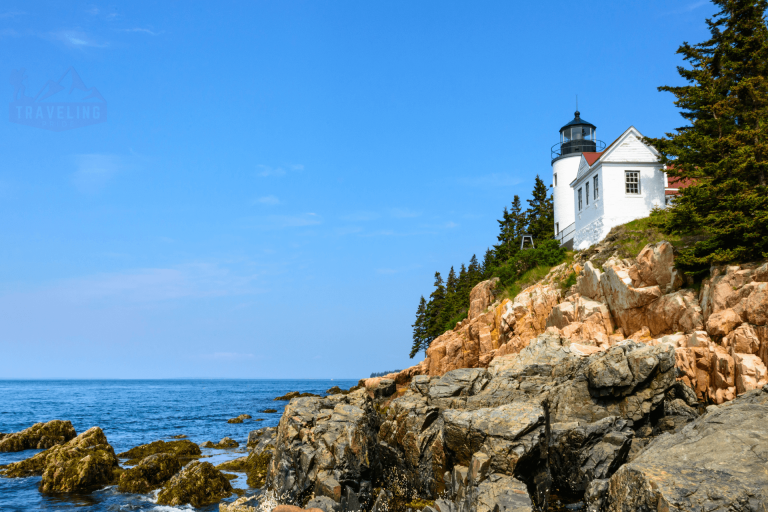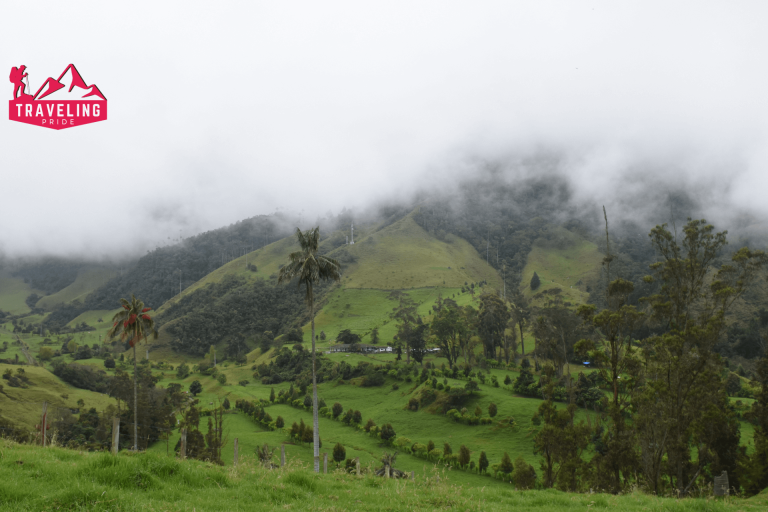Best Hikes at Glacier National Park
Nestled in the rugged mountains of Montana, Glacier National Park is a paradise for adventure enthusiasts, hiking fans, and nature lovers. Known for its breathtaking landscapes, pristine lakes, and diverse wildlife, this park offers some of the best hiking trails in North America.
Glacier National Park has something to offer everyone, whether you’re a seasoned hiker or a casual explorer. In this post, we’ll take you through the top hikes in the park, provide essential tips for a safe and enjoyable hike, and even share personal stories from experienced hikers. Ready to lace up your boots and hit the trails? Let’s get started!
Geography and Ecosystem of Glacier National Park
Glacier National Park spans over a million acres and has many ecosystems. From dense forests and alpine meadows to rugged mountains and glacial lakes, the park’s geography is as diverse as it is beautiful. This variety of habitats supports a rich tapestry of flora and fauna.
Keep your eyes peeled for grizzly bears, mountain goats, and over 270 species of birds as you traverse the park’s stunning landscapes. Understanding the park’s geography and ecosystem can enhance your hiking experience by giving you a deeper appreciation of the natural world.
Key Insights About Glacier National Park
- Location: Montana, United States
- Established: May 11, 1910
- Size: Over 1 million acres
- Number of Lakes: More than 130 named lakes
- Number of Glaciers: Around 25 active glaciers (as of the latest count)
- Popular Activities: Hiking, camping, wildlife viewing, boating, and fishing
- Highest Peak: Mount Cleveland at 10,466 feet
- Annual Visitors: Over 3 million
- Designations: UNESCO World Heritage Site, Biosphere Reserve
- Famous Road: Going-to-the-Sun Road, a scenic highway offering panoramic views
These quick facts provide a snapshot of the grandeur and significance of Glacier National Park, underscoring why it remains a cherished destination for nature lovers and outdoor enthusiasts alike.
Best Times to Visit Glacier National Park
Glacier National Park is open year round, offering its unique charm each season. However, the ideal time to visit for hiking is from June through September, when most trails are accessible and weather conditions are favorable.
Keep in mind that many high-altitude trails may still have snow well into July, so it’s best to plan your trip accordingly. Additionally, the park can get very crowded during peak season, so if you prefer a quieter and more peaceful hiking experience, consider visiting in early summer or fall.
Top Hiking Trails at Glacier National Park
Highline Trail
The Highline Trail is a must-do for any visitor to Glacier National Park. This moderately challenging trail offers stunning views of the park’s rugged landscape and is a favorite among seasoned hikers.
The trail spans 11.8 miles one way and takes about 6-7 hours to complete. Highlights of the hike include the Garden Wall, which features a narrow path with sheer drops on one side, and the Grinnell Glacier Overlook, offering breathtaking views of the glacier below.
Grinnell Glacier Trail
The Grinnell Glacier Trail is a perfect choice for those looking for a challenging yet rewarding hike. This 10.3-mile round-trip hike takes you through some of the park’s most stunning scenery, including alpine meadows and glacial lakes. The trail is steep in sections, but the incredible views of Grinnell Glacier and the surrounding peaks make it well worth the effort. Allow about 5-6 hours for this hike.
Avalanche Lake Trail
The Avalanche Lake Trail is a great option if you’re looking for a shorter, family-friendly hike. This 4.5-mile round-trip hike takes you through lush forests and along Avalanche Creek before arriving at the serene Avalanche Lake. The trail is relatively flat, making it suitable for hikers of all skill levels. Plan to spend about 2-3 hours on this hike and take plenty of photos of the stunning lake and surrounding mountains.
Iceberg Lake Trail
The Iceberg Lake Trail is another popular hike in Glacier National Park, known for its spectacular scenery and the chance to see icebergs floating in the lake, even in summer. This 9.7-mile round-trip hike takes you through alpine meadows and past towering peaks before arriving at the picturesque Iceberg Lake. The trail is moderately challenging, with a steady incline throughout. Allow about 5-6 hours for this hike.
Hidden Lake Overlook Trail
The Hidden Lake Overlook Trail is a must-do for a shorter hike with stunning views. This 2.8-mile round-trip hike takes you to a viewpoint overlooking Hidden Lake, with the towering Bearhat Mountain in the background.
The trail is relatively easy, with some steep sections, and takes about 1-2 hours to complete. This hike is particularly beautiful in the early morning or late afternoon when the light casts a golden glow over the lake.
Ptarmigan Tunnel Trail
The Ptarmigan Tunnel Trail is a must for adventurers looking for a unique experience. This 10.7-mile round-trip hike takes you through stunning alpine scenery and culminates at the Ptarmigan Tunnel, a passageway carved through the mountain that offers breathtaking views from both sides. The trail is moderately difficult, with significant elevation gain, so plan for a 6-7 hour trek. Don’t forget to bring a flashlight for the tunnel portion!
Swiftcurrent Pass Trail
The Swiftcurrent Pass Trail offers Glacier National Park’s most picturesque views. This 14.2-mile round-trip trail takes you past serene lakes and flower-filled meadows before climbing the Swiftcurrent Pass. The trail is moderately strenuous, steadily climbing, and offers numerous opportunities to spot wildlife. Allocate about 7-8 hours to complete this hike.
Siyeh Pass Trail
A hike for the true adventure seeker, the Siyeh Pass Trail is a challenging yet incredibly rewarding 10.3-mile trek. The trail ventures through dense forests, open meadows, and rocky terrain, eventually reaching the Siyeh Pass, which offers panoramic views of the valleys and peaks. This hike is strenuous, with over 3,000 feet of elevation gain, and typically takes 5-7 hours to complete. Be prepared for varied weather conditions, and bring plenty of water.
Cracker Lake Trail
The Cracker Lake Trail is known for its vibrant turquoise waters and stunning mountainous backdrop. This 12.6-mile round-trip hike starts at the Many Glacier Hotel and takes you through thick forests and open meadows before arriving at Cracker Lake. The trail is relatively moderate, with some elevation change, making it suitable for intermediate hikers. Plan for a 5-6 hour excursion and take a moment to enjoy the lake’s tranquil beauty.
Mary and Virginia Falls Trail
The St. Mary and Virginia Falls Trail is perfect for a relatively easy and incredibly scenic hike. This 3.6-mile round-trip trail winds through forested areas, leading to two beautiful waterfalls. The hike suits all skill levels and takes about 1-2 hours to complete. Along the way, enjoy the stunning views of St. Mary Lake and the surrounding mountains. The falls are especially beautiful in late spring and early summer when water flow is at its peak.
Essential Hiking Tips for Glacier National Park
Gear Up
The right gear is crucial for a safe and enjoyable hike in Glacier National Park. Invest in a good pair of hiking boots and a reliable backpack, and consider using trekking poles for added stability. Always carry a map, compass, or GPS device, and pack essentials like water, snacks, a first aid kit, and a multi-tool.
Safety First
Safety should always be your top priority when hiking in Glacier National Park. Familiarize yourself with the park’s wildlife and know what to do if you encounter animals like bears or mountain lions. Stay on marked trails, hike with a buddy, and tell someone your plans before heading out. Be aware of the weather forecast and be prepared for sudden changes in conditions.
The Unique Beauty of Glacier National Park
Glacier National Park is truly a gem for hikers and nature enthusiasts. Its unique landscapes, diverse wildlife, and challenging trails offer endless opportunities for adventure and exploration. But with this beauty comes responsibility.
Let’s do our part to protect and preserve this incredible place for future generations. Practice Leave No Trace principles, respect wildlife, and support conservation efforts.
Where to Stay While Hiking in Glacier National Park
Lodges and Hotels
For those seeking comfort and convenience, staying in one of the park’s lodges or hotels is a great option. The historic Many Glacier Hotel offers stunning views of Swiftcurrent Lake and easy access to several popular trails. Lake McDonald Lodge, located on the shores of the largest lake in the park, combines rustic charm with modern amenities. Both lodges provide a cozy retreat after a long day of hiking and are excellent choices for families and individuals alike.
Campgrounds
Consider staying at Glacier National Park’s campgrounds for a more immersive nature experience. Apgar Campground, located near the west entrance, is the largest in the park and provides easy access to Lake McDonald.
Many Glacier Campground is another popular choice, offering proximity to numerous trailheads. Campsites are generally available on a first-come, first-served basis, though some campgrounds accept reservations. Be sure to arrive early to secure a spot, especially in peak season.
Backcountry Camping
For the adventurous hiker, backcountry camping offers an unparalleled experience. With a permit, you can explore the park’s remote areas and find solitude away from the crowds. Plan your trip carefully, follow all backcountry guidelines, and carry all necessary gear, including a bear-proof container for food storage. Popular backcountry destinations include Boulder Pass, Hole-in-the-Wall, and Kintla Lake.
Nearby Accommodations
If you prefer to stay outside the park, several towns nearby offer a range of accommodations. Whitefish, located about 30 miles from the west entrance, boasts numerous hotels, B&Bs, and vacation rentals. Kalispell, slightly further away, offers additional options and amenities, such as shopping and dining.
Staying outside the park can provide more flexibility and opportunities to explore the surrounding areas.No matter where you choose to stay, lodging options near Glacier National Park cater to every type of hiker, ensuring you have a comfortable resting place after your adventures.
Plan Your Next Visit
If you’re planning your next trip to Glacier National Park, be sure to check out upcoming events and environmental initiatives. Participating in park activities and supporting conservation projects is a great way to give back to this amazing place. Whether you’re a seasoned hiker or new to the trails, Glacier National Park is a destination that will leave you inspired and in awe of nature’s wonders.

